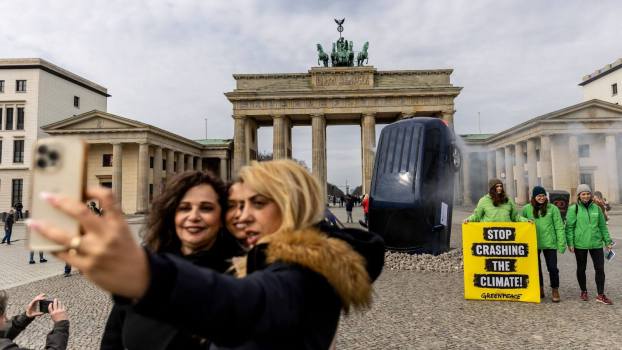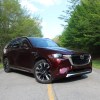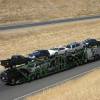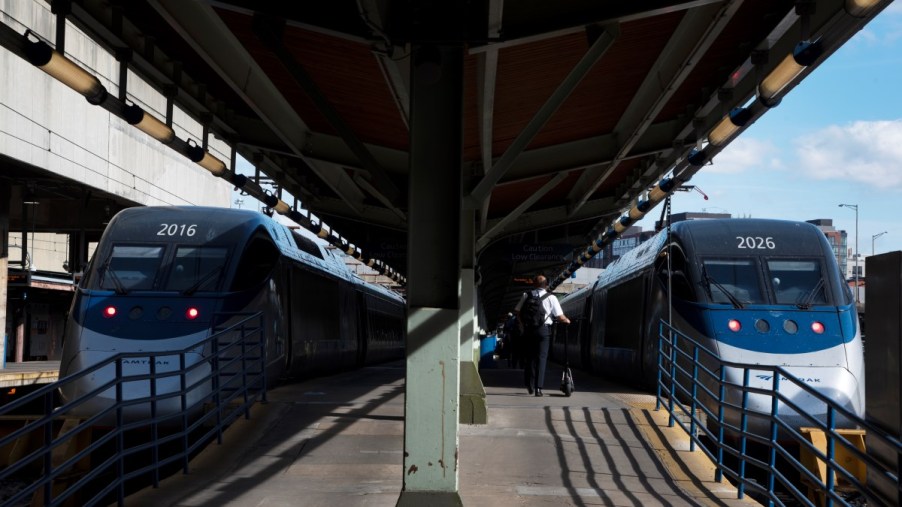
Public Transit and Traffic: A Path Forward for Commuters and Car Enthusiasts Alike
As car enthusiasts, it’s easy to fall into the trap of hating public transit, and questioning why so many continue to sing its praises. But the problem isn’t so much public transit itself, but how it is implemented in different areas of the country. A robust, functional public transit system wouldn’t just be a win for commuters, but for those of us who love to drive as well.
Connecting America by rail is a win for all
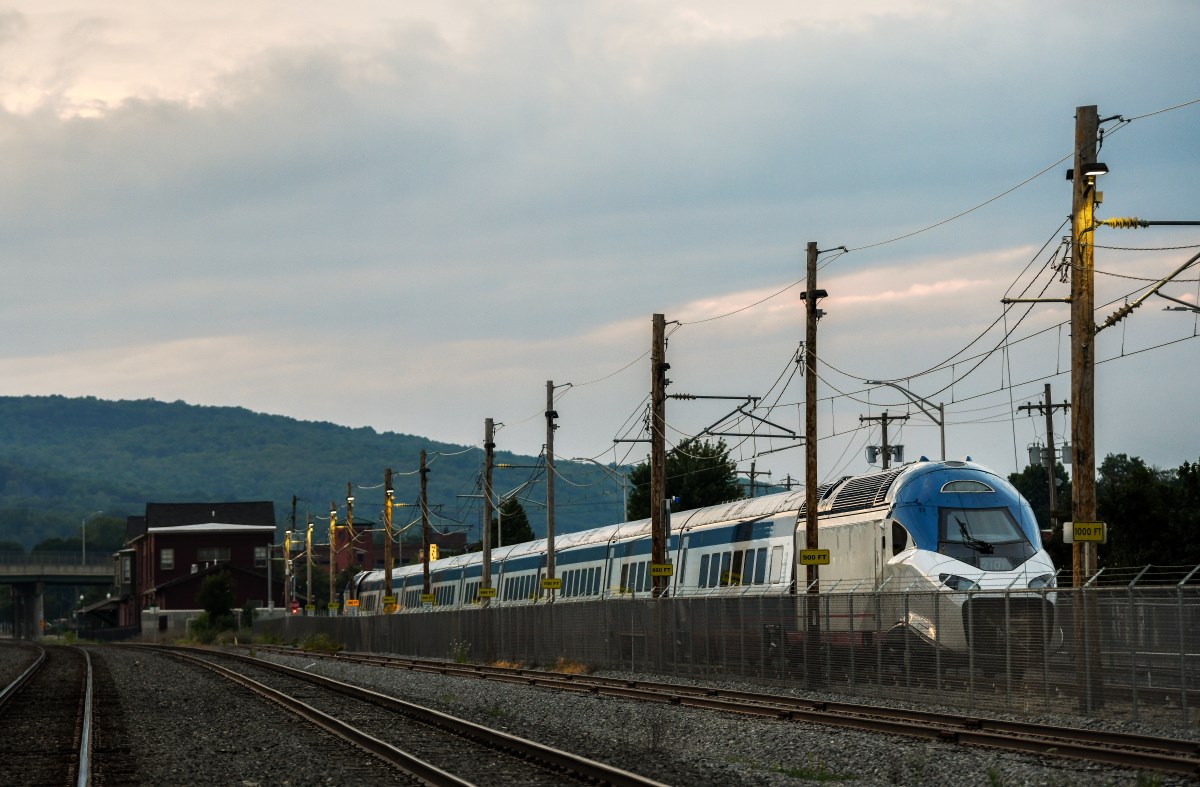
Of all the regions with quality rail service, New England and New York perhaps have some of the best. From the ACELA high-speed train from Boston to Washington DC and the multitude of Metro Transit lines surrounding New York, New Jersey, and Connecticut, this region is a microcosm of what we could have almost everywhere.
The fact is, small towns are struggling. The industries that once served these blue-collar regions have long since left. Unceremoniously dumped for cheaper labor in countries with fewer rules, it’s left many scrambling to put together the kind of living they once enjoyed.
Of course, it makes no sense to have a subway system in a place like Manhattan, Kansas. But a city-to-city rail service with stations in small towns along the route can go a long way to helping rural residents find their way.
Public transit isn’t political, it’s essential
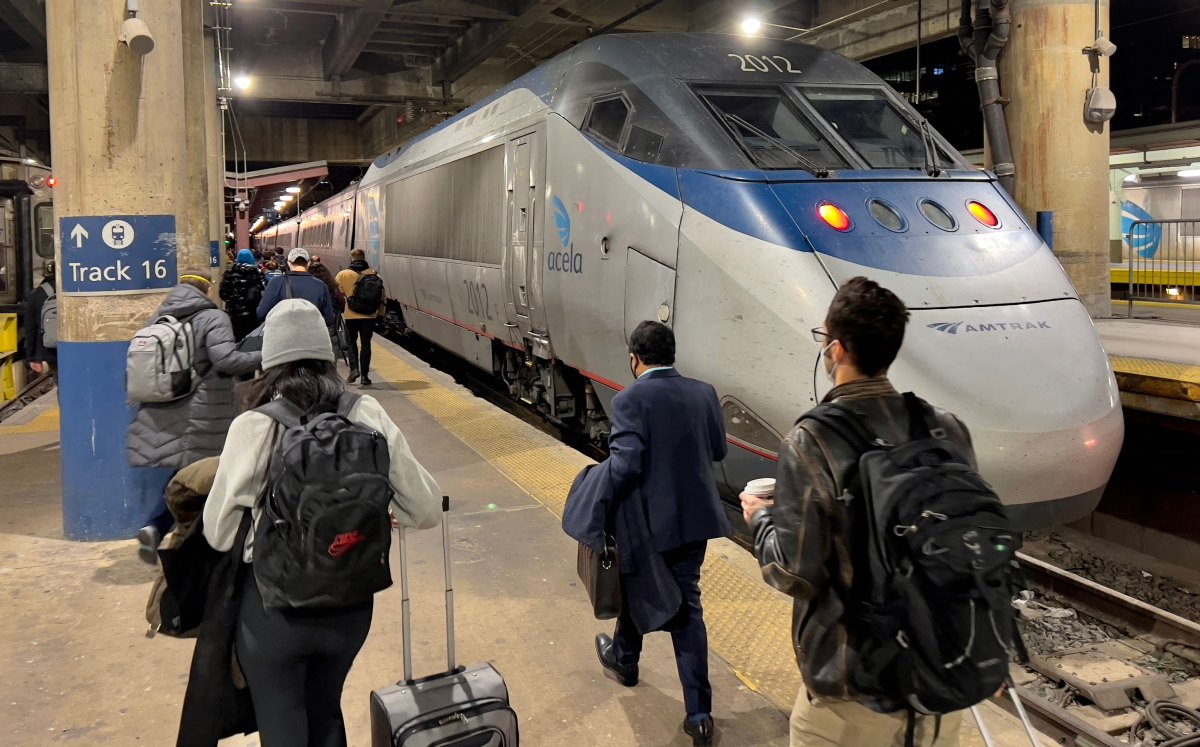
It’s no secret that many rural Americans lean toward the conservative end of the political spectrum. With so much emphasis on “America First” messaging, it’s an understandable position. But I would posit this: progressive ideologies that promote mass transit and education are doing much more to drive long-term success for rural and urban citizens alike.
Having a regular bus or train service shuttling those from far-flung places to more populated (and job-saturated) areas is an investment that pays big for everyone in the long term.
No more would someone that is struggling to make ends meet have to panic about needing a vehicle or expensive repair when something goes wrong. Even if they prefer to drive, public transit at least gives them a way to get around while they scrounge up the cash to get back on the road.
From reducing taxes to improving quality of life and even helping ease healthcare concerns (traffic is one of the leading causes of stress and injury among Americans who commute), improving bus and train service, even in more rural areas, is an investment that has much more upside than downside.
And if so many cities are considering going car-free, that should come with an improvement to public transportation to help bridge the gap for those who have no choice but to arrive from beyond city limits.
Why people prefer personal cars over public transit
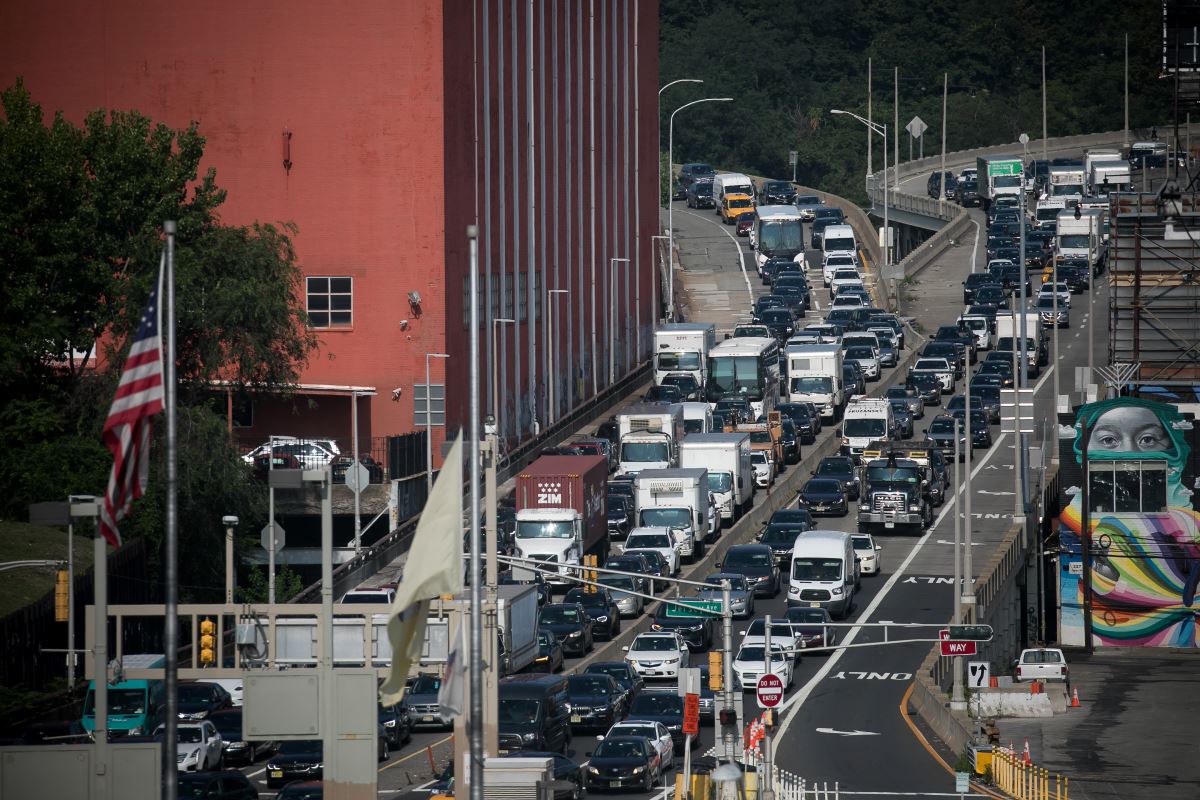
As it exists today, many people prefer personal cars over public transit. This comes despite a poll from Data for Progress indicating that most of us wish we didn’t have to drive. So why are we so committed to our cars?
Because, simply put, public transit isn’t where it needs to be. Overcrowded buses and trains, unreliable schedules, and a lack of connecting infrastructure make using public transit a non-starter for many Americans.
For example, a parking pass at Connecticut’s Greenwich Metro-North station costs nearly $700 a year, and there is a three-year waitlist. At that point, the only choice is walking to the train station for those who live close enough. With weather limitations and cab fare as factors, suddenly driving your own vehicle into the city is an easier choice.
In addition, the time it takes to use the train is often on par with driving an individual car. That’s where high-speed trains could come in handy, like those used in Germany, China, and Japan.
Improved and more robust bus services along with additional parking are two potential cures for this ill. And if that improves ridership by just 20%, that still removes a further 22,000 individual vehicles from the daily commute, per CT.gov data.
Transit is a win for car enthusiasts
Many of us who love to drive lament the existence of buses and bus lanes, but that’s a shortsighted view. By adding buses and trains to common routes, those who don’t like to drive won’t have to. It’s addition by subtraction, in many ways.
With fewer cars on the road, those who enjoy driving or need to drive as a part of their job will have more open roads to work with. Better yet, fewer carbon emissions and less reliance on individual transportation will lessen the demand for traditional gasoline. That means a lower price at the pump and a more enjoyable drive. And who could argue with that?
